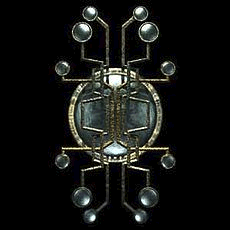- 0
Correct Enblocal Settings
-
Similar Content
-
- 8 replies
- 497 views
-
- 53 answers
- 10,056 views
-
How to create grass textures for ENB Complex Grass 1 2
By MarcDwonn,
- SKYRIMSE
- complex grass
- (and 1 more)
- 28 replies
- 1,912 views
-
-
Recently Browsing 0 members
- No registered users viewing this page.





Question
prizner
So I was installing SkyRealism using the enb guide and I noticed the site https://www.iparadigm.org/pages/pnenb/ENBoost.html used for getting parameters for the memory section of enblocal no longer works. After some digging I found there were some formulas to come up with the needed information but as I am still unsure if I fully understand them I was wondering if anyone here could help? I have gtx 680 4GB and 12GB of ram with a i7 980x. Thanks!
Link to comment
Share on other sites
Top Posters For This Question
14
12
11
11
Popular Days
Dec 18
14
Apr 9
11
Aug 8
9
Jan 3
9
Top Posters For This Question
TechAngel85 14 posts
keithinhanoi 12 posts
Aiyen 11 posts
viper37 11 posts
Popular Days
Dec 18 2014
14 posts
Apr 9 2014
11 posts
Aug 8 2014
9 posts
Jan 3 2015
9 posts
Popular Posts
keithinhanoi
I've got a 1GB AMD like Kuldebar, albeit quite a bit slower. 1. Enable Compression helps us on VRAM usage as we're limited on actual physical video RAM memory (which I'm sure is what Kuldebar meant.
Jafin16
Hi there, I usually don't lurk around here too much (maybe I should more, lots of good stuff), but I just happened to run across this thread and I just want to clarify that the information I've give
camaro_69_327
Since i haven't seen Boris's actual post on the matter, thought i would place it here for discussion....This is from the Day Boris released the feature. So reading that from Boris is a bit diffic
144 answers to this question
Recommended Posts
Create an account or sign in to comment
You need to be a member in order to leave a comment
Create an account
Sign up for a new account in our community. It's easy!
Register a new accountSign in
Already have an account? Sign in here.
Sign In Now